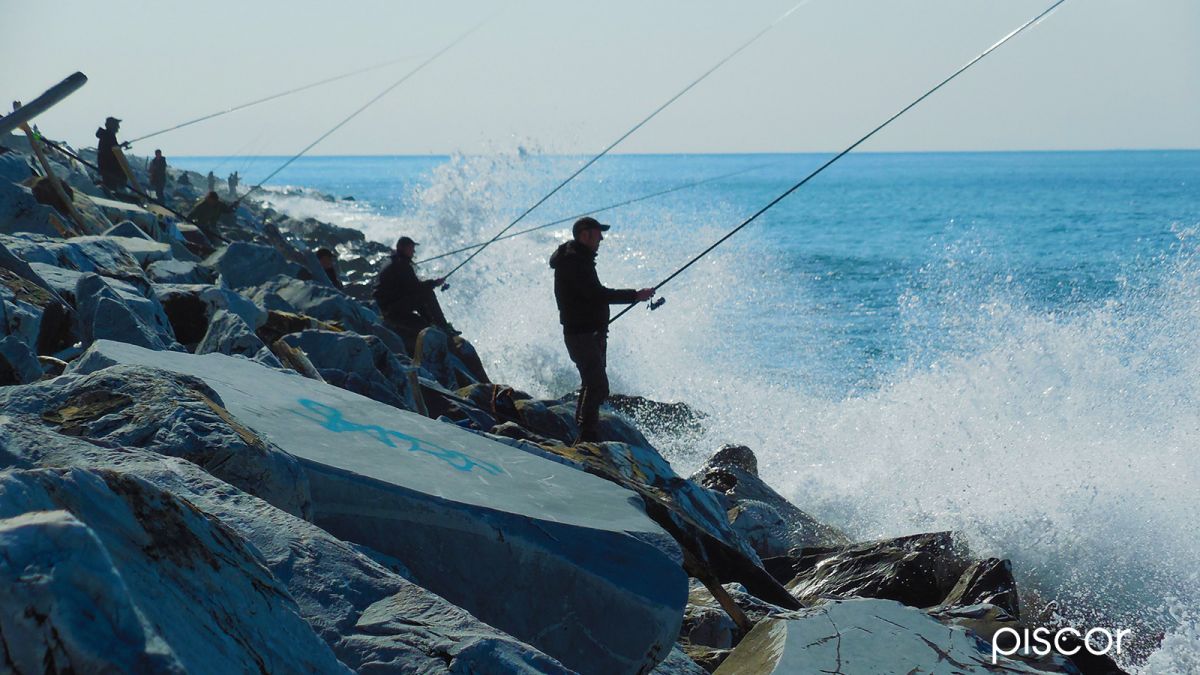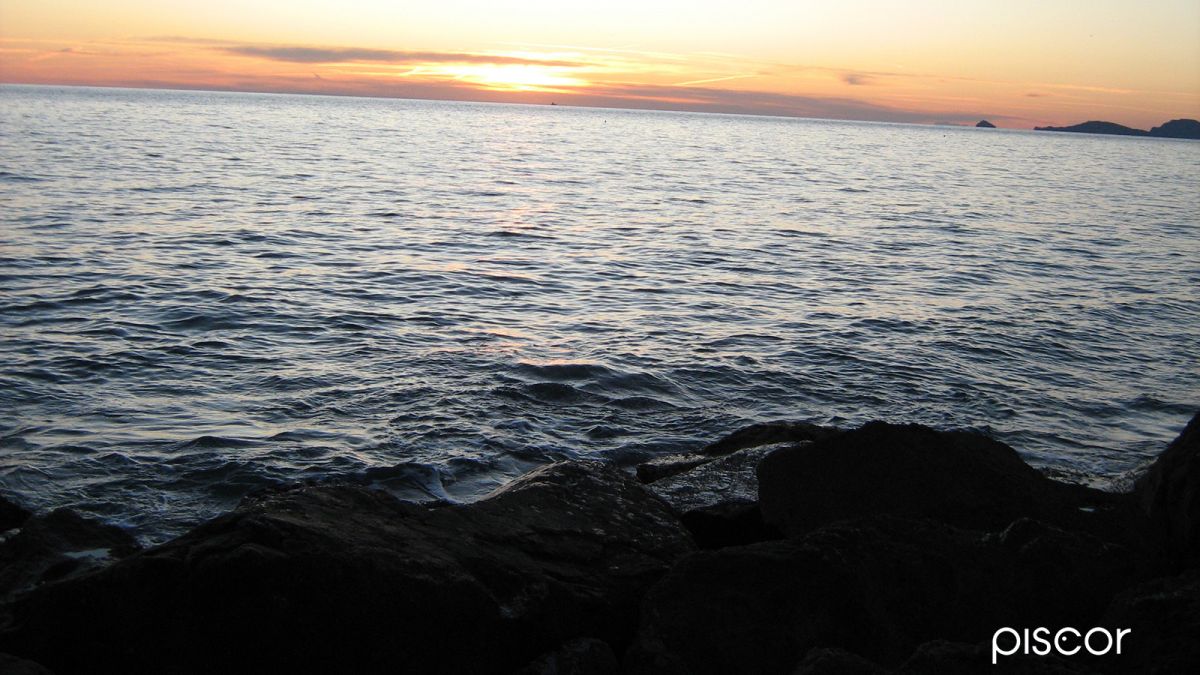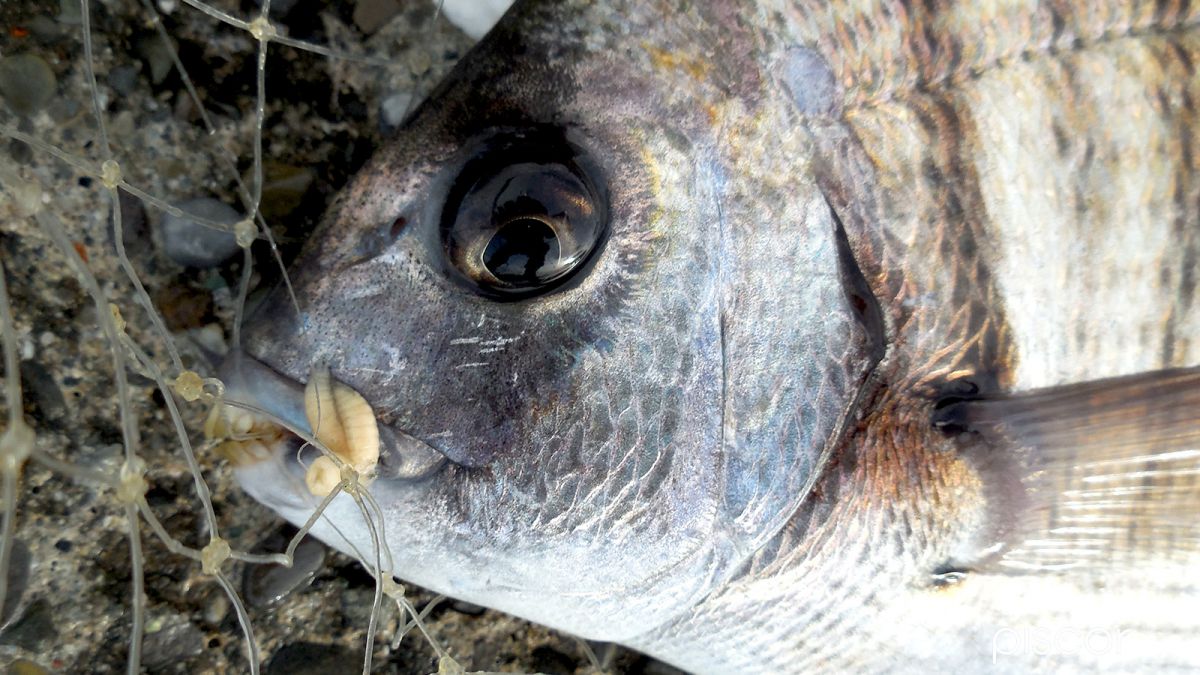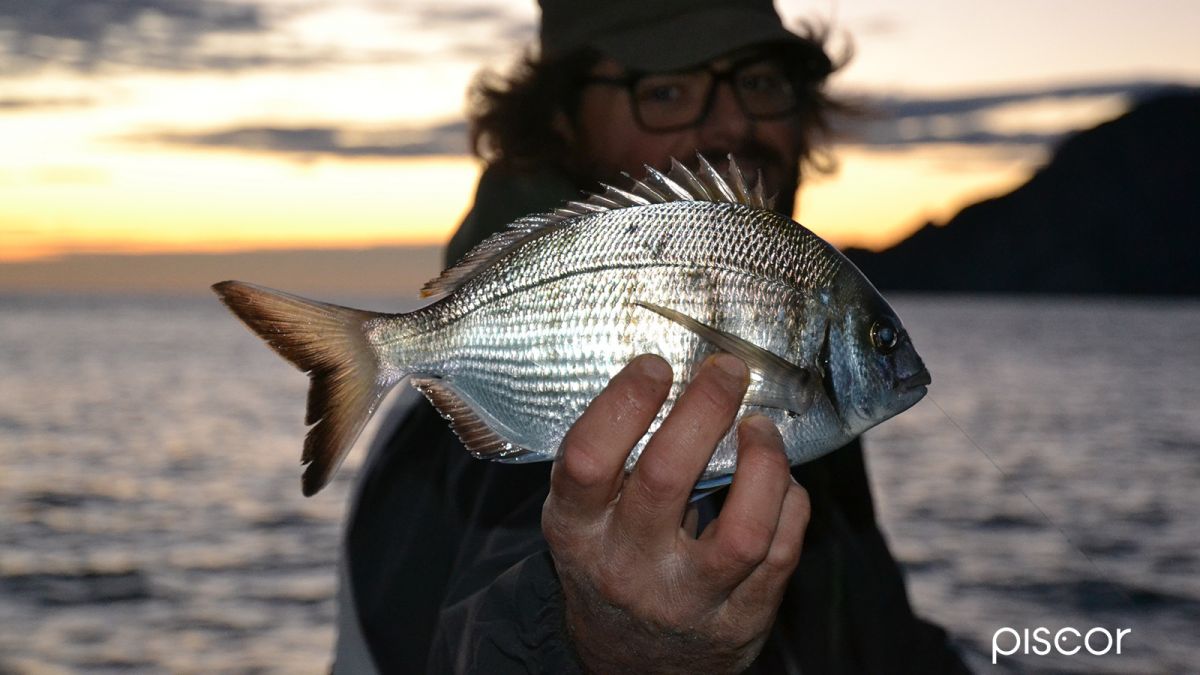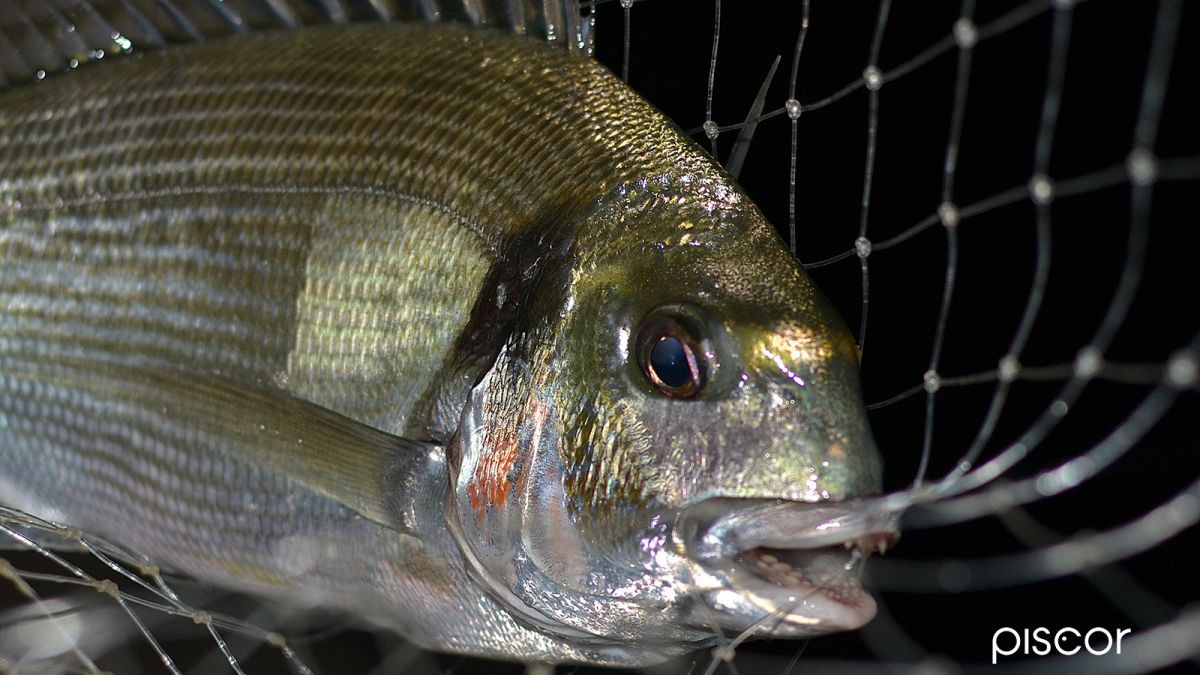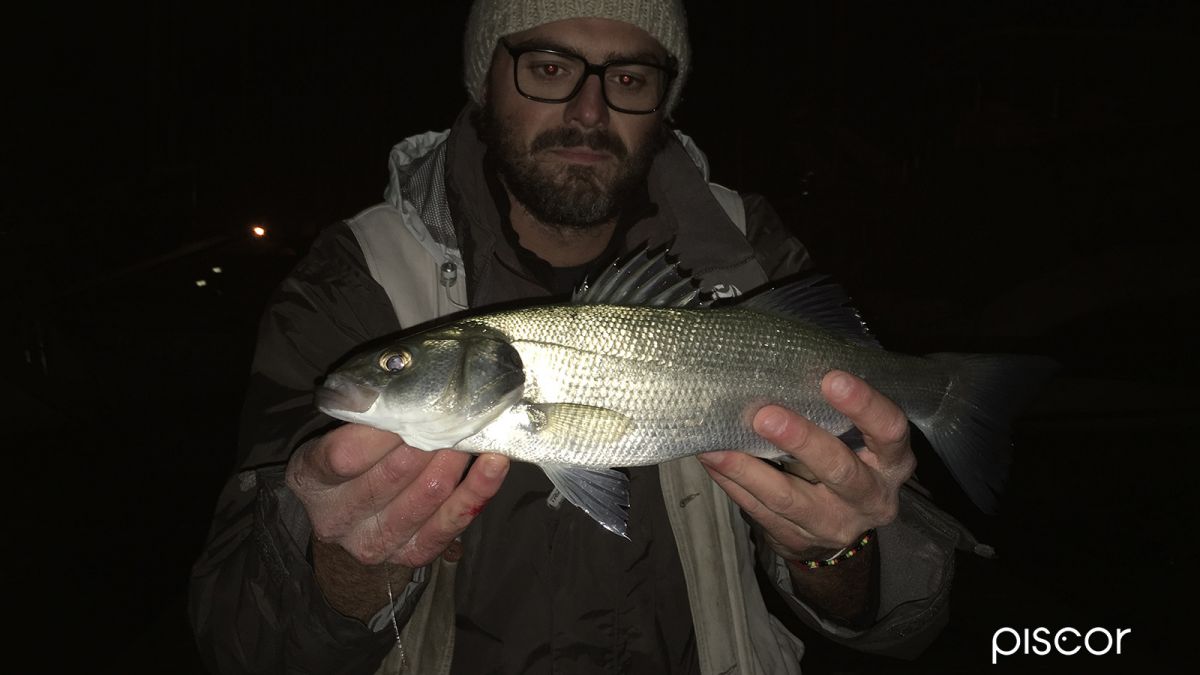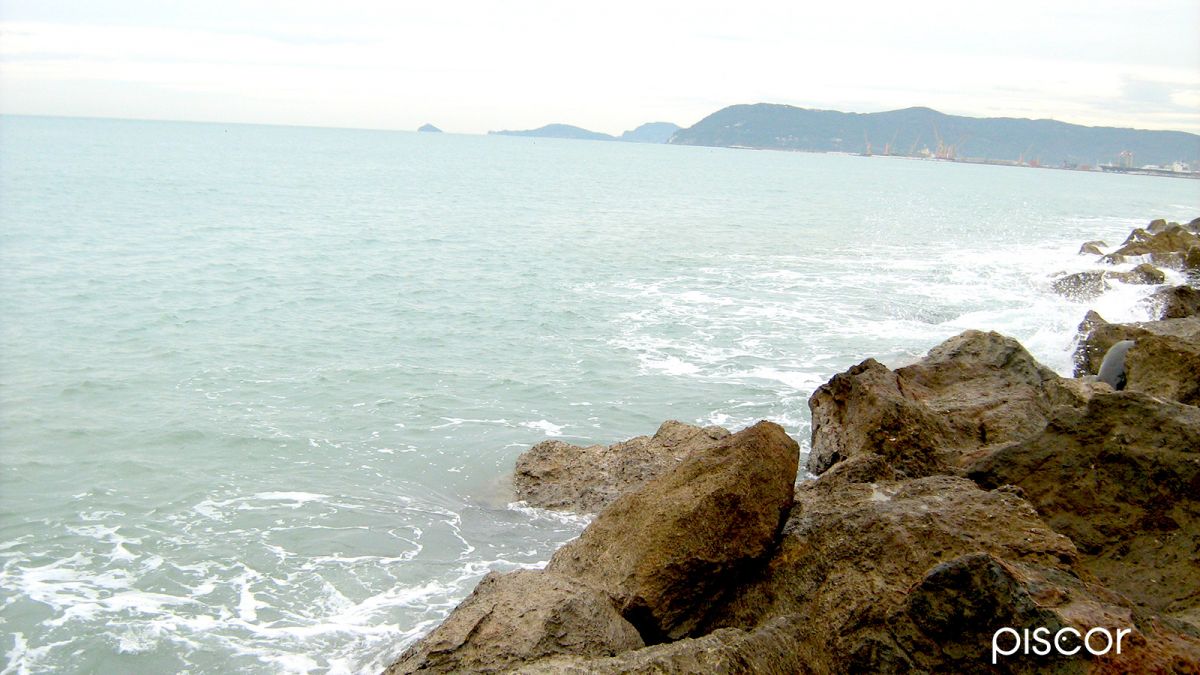The first thing that catches your eye when you look at the reef of the port is that it is positioned horizontally, that is, parallel to the axis of the coast. This orientation sometimes acts as a double-edged weapon, not always bringing advantages in fishing.
Undoubtedly, being completely exposed to the open sea, allows us to have large spaces where to practice fishing under the rock, also, by virtue of its considerable length, allows to accommodate a large number of fishermen.
It should also be noted that, being located in the port, professional fishing with nets is prohibited, and this fact, in itself, offers greater opportunities for catching since the fish is consequently more present in terms of quantity. Often, in fact, the fish tend to shelter inside the port, where there are many areas forbidden to any type of fishing, and then move, in certain circumstances, outside it, right near the breakwater reef.
The environment in question, like all the other reefs, offers the best of itself in rough sea conditions, are tolerable, generally, wave heights up to 80-90 cm, maximum one meter, beyond this limit the juncture generated by the wave creates a backwash and a current too intense that does not allow you to fish effectively. With wave heights equal to or lower than those mentioned above, there are two types of approaches, we can have fishing in the backwash under the rocks, or that on the current outputs.
In the first case we will fish immediately under the shore, where it is essential to find the right current turn that allows the line and the pasture to wander around in a circle, always in the same point.
The alternative, instead, is to fish near a current outlet, along the whole axis of the reef, in fact, several outlets are formed, which come out straight to the open sea, and then tend to dissolve about twenty-five, thirty meters away from the reef itself. These circumstances can be very productive in terms of catches, provided they are well interpreted.
On the bottom or afloat?
This also has a heavy influence on how we bait, as well as the choice of the various types of fishing line possible and much will also depend on the depth of the seabed that we will face.
First of all, let us point out that, this time too, we will be fishing with the universal maggot, so the effectiveness of baiting is the determining factor that will influence the type of fishing to choose. It is unthinkable, in fact, to believe that you can fish near the bottom on a depth of more than three or four meters, pasturing with loose larvae.
I believe that this interval is the maximum limit for the sinking of the latter, even if the optimum is around two and a half meters. On seabed of this kind it will be possible to fish effectively both on the surface and on the bottom, while on an higher seabed, over four meters, fishing using bulk larvae as pasture will be effective only on the surface because the maggots, given their low specific weight, would not be able to overcome the force of the currents that are generated, as well as on the surface, at different depths, thus remaining suspended in the layers more superficial.
If we were to fish on the bottom beyond the notorious threshold of four meters, we should use other stratagems such as the use of feeders or the gluing of maggots with glue and gravel. For the time being, however, we will limit ourselves to analyzing the right approach concerning current outputs on the seabed no more than four meters. And here comes the beauty!
What line to use?
Again, there are several doubts that assail us since we must understand where and how to exploit the current output along its entire extension. The first option, the simplest, is to fish with a leaded ball and three squashed pellets in line in an equidistant manner from each other, so as to be able to carry out a catch under rock alternating with short releases. In this way we will avoid getting caught in the submerged rocks, and we will mainly threaten sea bass, sea bream and mullet.
If our objective is sea bass, this is the type of fishing that best suits it, in fact, it goes around under the rocks to tend ambushes to small mullets and shrimp exploiting the surprise effect generated by submerged obstacles, but also the foam itself of the backwash confuses its shape in the eyes of the unfortunate prey.
Sometimes, after a constant pasture, it can happen that this predator moves, following the pasture, even several meters away from the rocks, so sometimes it is better to let go free the float with the bow open, several meters from us in the wake of the current.
Several times this trick is successful, no matter how deep there is at twenty, twenty-five meters from us, both the maggots launched as pasture will remain in the surface layers without being able to sink driven by the force of the current out, so having about two, three meters between hook and float will be more than enough to confuse the hook triggered in the middle of the larvae used as pasture.
As a second option, we can use a classic upside-down pear shaped float under which we will make a more or less open leaded crown, depending on the sea conditions present. In this case we will probe the bottom both just outside the rocks and about twenty meters from us, so as to be sure, once this operation is completed, to always be able to fish near the bottom on all the extension of the current output.
This fishing line is effective when it is necessary to fish mainly at long distance, at the end of the exit where the current dissipates its energy and, finally, maggots begin their slow descent to the bottom. It is there that the pasture gradually concentrates as the fishing session progresses, which is why it will be necessary to fish on the bottom at a long distance.
Since the topical point where to keep the line will generally be about thirty meters from us, it is better to use a float of four grams with a rod long enough and clearly visible so as not to have to tire too much to see our indicator. In this way, however, fishing on the bottom we will be fishing only at the end of the exit, while we will not be in the first ten, twenty meters from the rocks where the pasture will be more on the surface, while we will be fishing near the bottom.
So how do we deal with this problem? The best solution is to find a "compromised line", which will allow us to stay in the surface layers in the first part of the exit, and then gradually reach the bottom at the end of this, where the current dissipates.
To do this we will use a hybrid float between an English and an upside-down pear, the line will be made with a seal placed with a "button shirt", or all with dots equidistant from each other of about fifty centimeters. Generally, we will all use pellets of the number nine. The line will therefore be composed of a hook of the number 12-14, final of a meter in fluorocarbon of 0.15-0.16mm, while above the junction between the main line and the rig we will crush the shot as mentioned above and their number will vary depending on the bottom that we find in front of us, generally we will use four, five shot leads. Fundamental will be the operation of measuring the bottom to understand how much is the depth where the exit ends.
With this type of line made up of equidistant dots, and making a slight hold, it will be possible to fish in the most superficial layers just in the middle of the pasture in the first part of the exit, when instead we will arrive near its end, where the current loses strength, we will no longer make the slight hold, leaving the line free so as to allow it to progressively gain the bottom as will the maggots launched as pasture.
In this way we will always be on the pasture and always correctly in fishing, thus maximizing the chances of capture. Generally, at the end of the exits, where the wave motion is less, they prefer to station the gilthead sea breams, sometimes present in schools of fish, allowing us to make multiple catches. The feeding must always take place under the rock and never in a sling, it will be the same current of the exit to do all the rest and to bring the larvae at a proper distance.
These are the basic principles on how to deal with the outflows of current outside ports and reefs, the experience and stubbornness of the fisherman will do the rest, so we just have to insist and put into practice what we have learned and will learn, fished after fished, and then the next time he moves the sea all to the port, but outside though!

